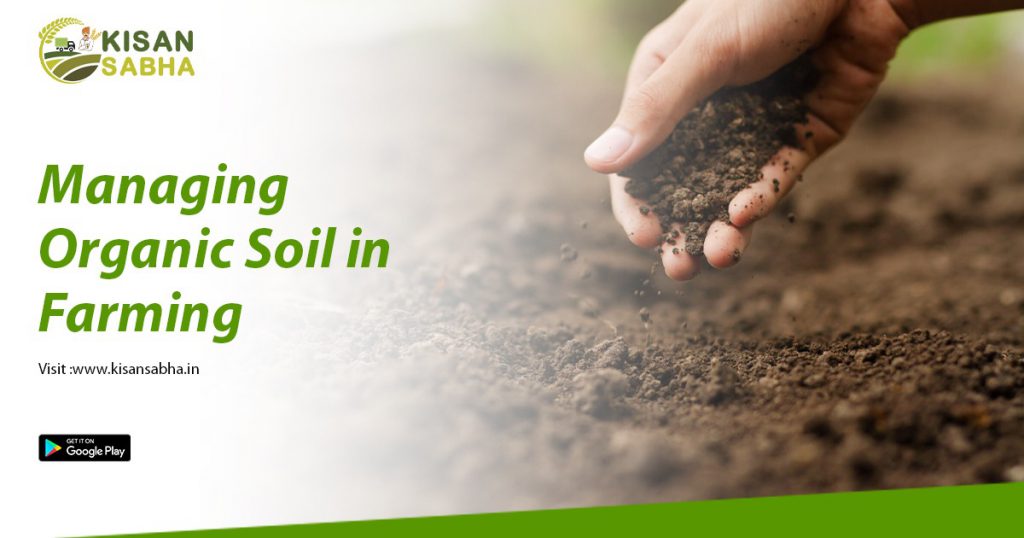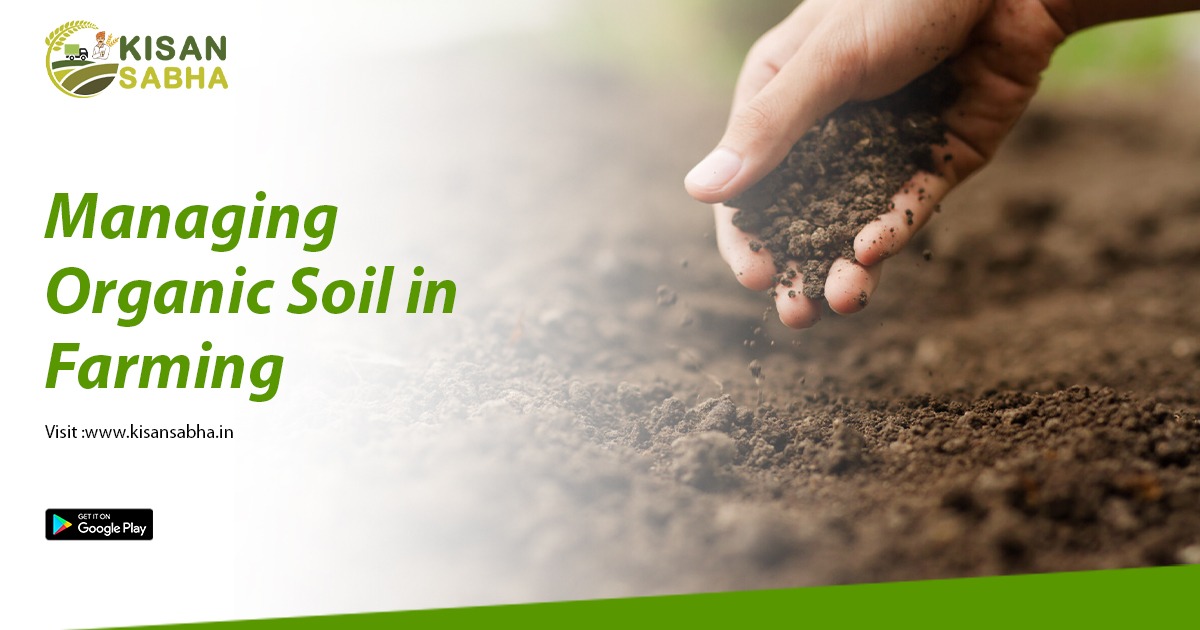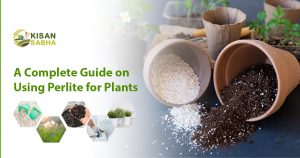One of the most difficult challenges for organic farms is regulating soil fertility. To measure soil fertility, one must consider the soil’s physical condition, biological “health,” and nutrient concentration.
Organic farming aims to build or at least sustain soil nutrient reserves while also maximising nutrient recycling and minimising outside inputs. Only experienced management may reconcile this seeming tension. It should be feasible to successfully control soil biology, soil structure, and nutrients in order to produce high-yielding crops and healthy animals. Poor management can result in low yields, unhealthy animals, and increased pollution in the environment.
Organic agriculture is one of many environmentally beneficial agricultural strategies. It has emerged as a viable answer to the issues presented by chemo-centric agriculture, which has been in place since 1960. Organic agriculture is without a doubt one of the fastest growing agricultural output categories. It is a farming technique that focuses on cultivating the soil and growing crops in a way that preserves the soil’s life and health by utilising organic wastes (including crop, animal, and agricultural wastes, as well as aquatic wastes), other biological materials, and beneficial bacteria (bio-fertilizers).
A full description of the different nutrient management and soil health management options available in an organic agriculture system is provided below:

1. Rotation of Crops:
It is a planned system for producing numerous crops on the same land in more or less regular succession over a period of two years or more. For effective sustainable agriculture, the appropriate crop rotation should be chosen. Crop rotation is critical. Weed, pest, and disease control, as well as soil fertility management. Legumes should account for 30 to 50 percent of the land in any cycle. A mixed cropland, pasture, and livestock system is ideal, if not required, for sustainable agriculture to succeed.
2. Crop Waste:
Crop residues/straws from some of the most important cereals and pulses have enormous potential for application in India. Approximately 50% of crop residue is used as animal feed, with the remaining 50% having a high potential for nutrient recycling. The residues must be handled with caution after employing effective microbial inoculants for optimal composting. While introducing agricultural residues like wheat and rice straw as-is or inoculating them with fungus species has a positive impact on crop yields and soil physicochemical qualities.
3. Organic Manure:
Organic manure’s biological sources include the remains of people, animals, and plants. Organic manure has a wide range of effects on crop development and soil production. The direct impacts of organic manure on plants include the uptake of humic substances or the products of its decomposition that favourably influence plant development and production.
It indirectly enhances the operations of beneficial soil microbes, increasing the availability of major and minor plant nutrients.
4. Green Manuring:
The practise of “green manuring” comprises turning or ploughing under-decomposed green plant tissues into the soil to improve the physical structure and fertility of the soil. Growing a green crop to improve soil conditions has been a traditional farming practise since the dawn of humanity. Green manuring is the principal extra way of adding organic matter into the soil where possible. It comprises cultivating a fast-growing crop and integrating it into the soil with a plough. Green manure crops provide organic matter as well as additional nitrogen, especially if they are legumes with the ability to fix nitrogen from the air via their root nodules.
5. Vermicomposting:
Earthworms produce vermicompost, also known as vermicast, by digesting biological waste and plant remnants. It is a composting method that employs earthworms, which normally inhabit soil, consume biomass, then eject it after digestion. Annually, 80 tonnes of humus may be devoured by 1800 worms, which is the appropriate number for one square metre. Vitamins, growth hormones, macro- and micronutrients, and immobilised microorganisms abound in them.
6. Compost:
Waste can be converted into valuable compost manure by conserving it and putting it through a controlled anaerobic decomposition process. Vegetable debris, farm litter such as weeds, stubble, bhusa, sugarcane trash, and animal waste are plentiful in residences and in locations such as human and industrial waste. Hill farmers often dump compost in small piles before ploughing or crop planting, then scatter it across the field for a few days before it is integrated into the soil.
Organic soils are one of several natural resources available to us. People are becoming more aware of the importance of managing and preserving these finite resources. Fire and erosion prevention are significant conservation goals.
Read more at-Kisansabha.in.





